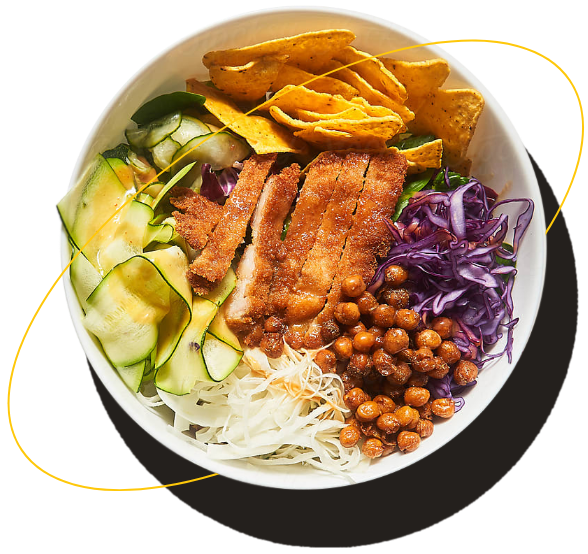Celebrating Animal Agriculture’s Future
2023 July 18
There are few things more associated with summer than cooking up some hot dogs, hamburgers, or chicken on the grill and enjoying a delicious ice cream cone. This summer, Protein PACT partners are continuing our work to make sure those long-time favorites are around for generations of barbecues to come.
At the Meat Institute, we have set ambitious targets for continuous improvement and have pioneered the first sector-wide data collection and reporting effort. Before I update on our second annual data collection period now underway, let me pause for a moment on the phrase “continuous improvement.”
It may sound like jargon, but really it’s very simple. We believe it is incumbent on everyone in our sector to get better, all the time. There isn’t a single endpoint for any of our focus areas – environment, animal care, workplace diversity and safety, food safety, or health and wellness – where we can clap our hands and say, “That’s it! We’re done!” Rather, we have to set goals, measure progress, achieve improvements, and then do it all over again.
Why not just say “sustainability”? Well, while the formal definition of “sustainability” according to the United Nations includes economic, environmental, and social components, too often the word ends up being used more narrowly. Our sector absolutely aims to produce food families rely on more sustainably than ever, and continuous improvement is the way to achieve that goal.
With that out of the way – the Meat Institute released our first-ever continuous improvement report last October, with data representing about 90% of meat sold in the United States. This year, even more Meat Institute members are submitting data, and our second annual report is expected to launch alongside our October 2023 Protein PACT Summit (save the date to join us October 5-6 in San Diego!).
Continuous improvement applies to our data collection as much as to everything else we do. This year, we’ve updated metrics and clarified reporting so that we can continue to get a clearer picture of where things stand, what programs and practices are being implemented to achieve progress, and how we can identify and prioritize gaps.
The Meat Institute’s data reporting will be one part of the conversation when we meet with leading retail dietitians later this month at the Shopping for Health (S4H) conference in Cincinnati. You might know that retail dietitians play a variety of key roles, communicating within retail companies as well as directly with consumers to help provide the most up-to-date, evidence-based insights and information.
Joining the Protein PACT’s panel titled “Principles, practices, and proof – what your stores and shoppers need to know about animal-source foods and sustainability” will be dietitian and online influencer Nicole Rodriguez, former U.S. Roundtable for Sustainable Beef chair and cattle producer Debbie Lyons-Blythe, the National Pork Board’s Jamie Burr, and Dairy Management Inc.’s Kerry Hackworth.
We’re honored to be able to bring experts like these together with opinion leaders and decision makers to talk about how nutrient-dense foods like meat and dairy play an irreplaceable role in healthy diets and how the entire value chain is raising the bar for environmental stewardship.
These topics will also be on the global stage, as countries and non-government organizations meet for the UN Food Systems Stocktaking Moment in Rome July 24-26. Protein PACT representatives will be on the ground, participating in conversations on sustainable livestock and how animal-source foods contribute to sustainable food systems overall.
If you are interested in more ways to stay in touch, we launched a new quarterly newsletter featuring short reads on continuous improvement, transparent communication, and animal agriculture in the news. Contact me at emittenthal@meatinstitute.orgor comment “newsletter” below to subscribe.
Otherwise, please follow the Protein PACT here on LinkedIn or other social media channels (Twitter, Instagram, Facebook) and join the conversation.
Read the article on LinkedIn.

